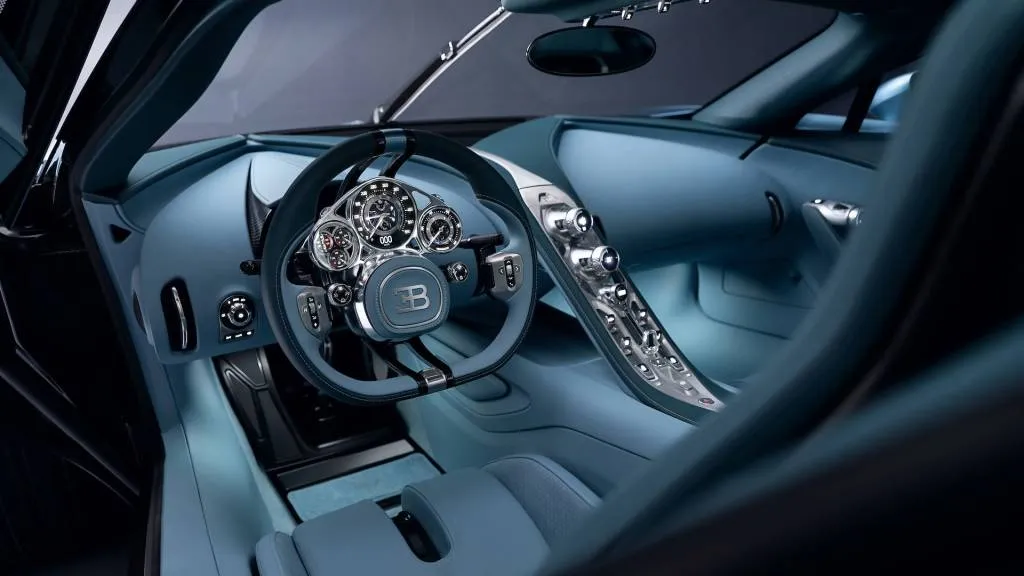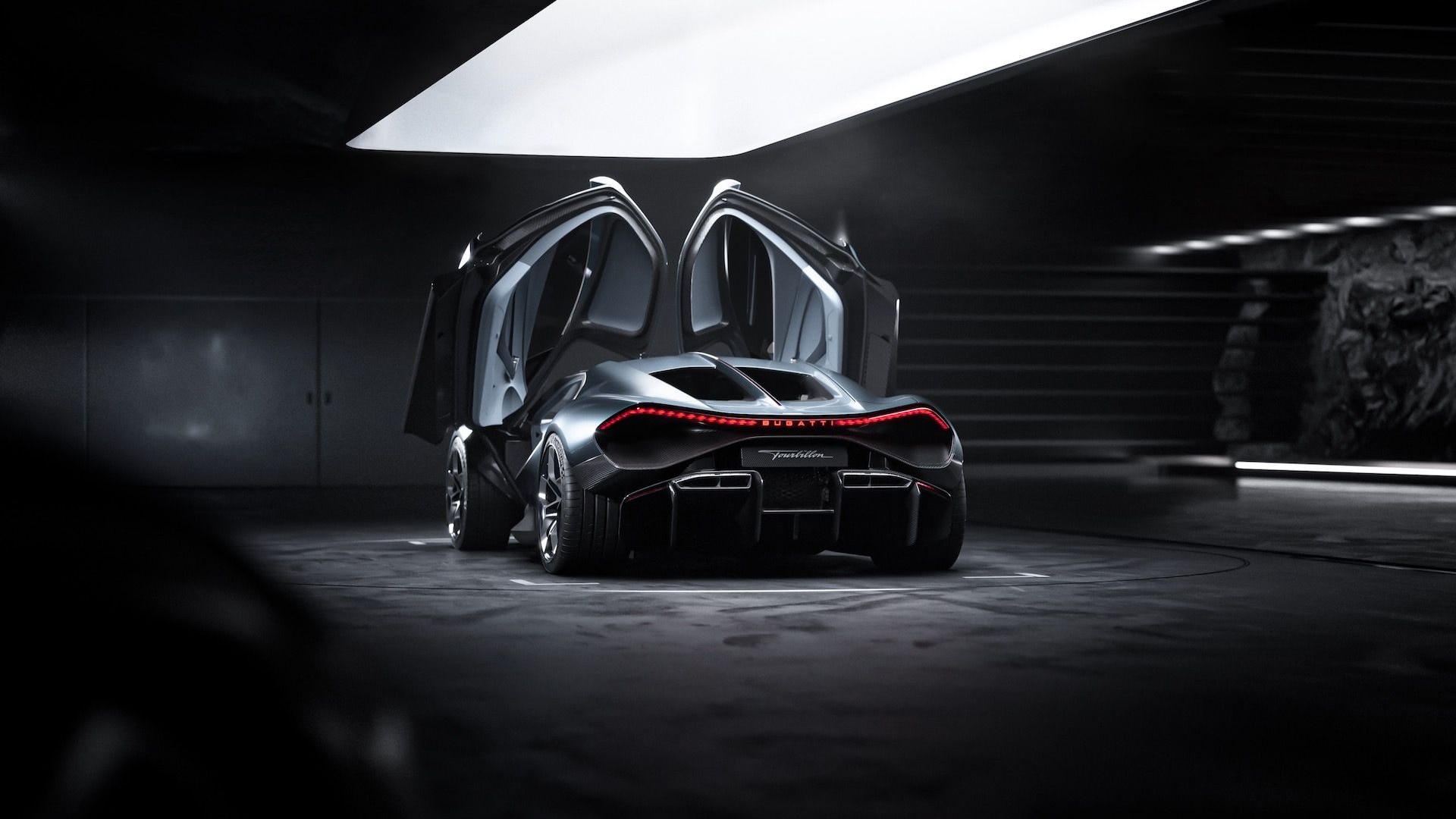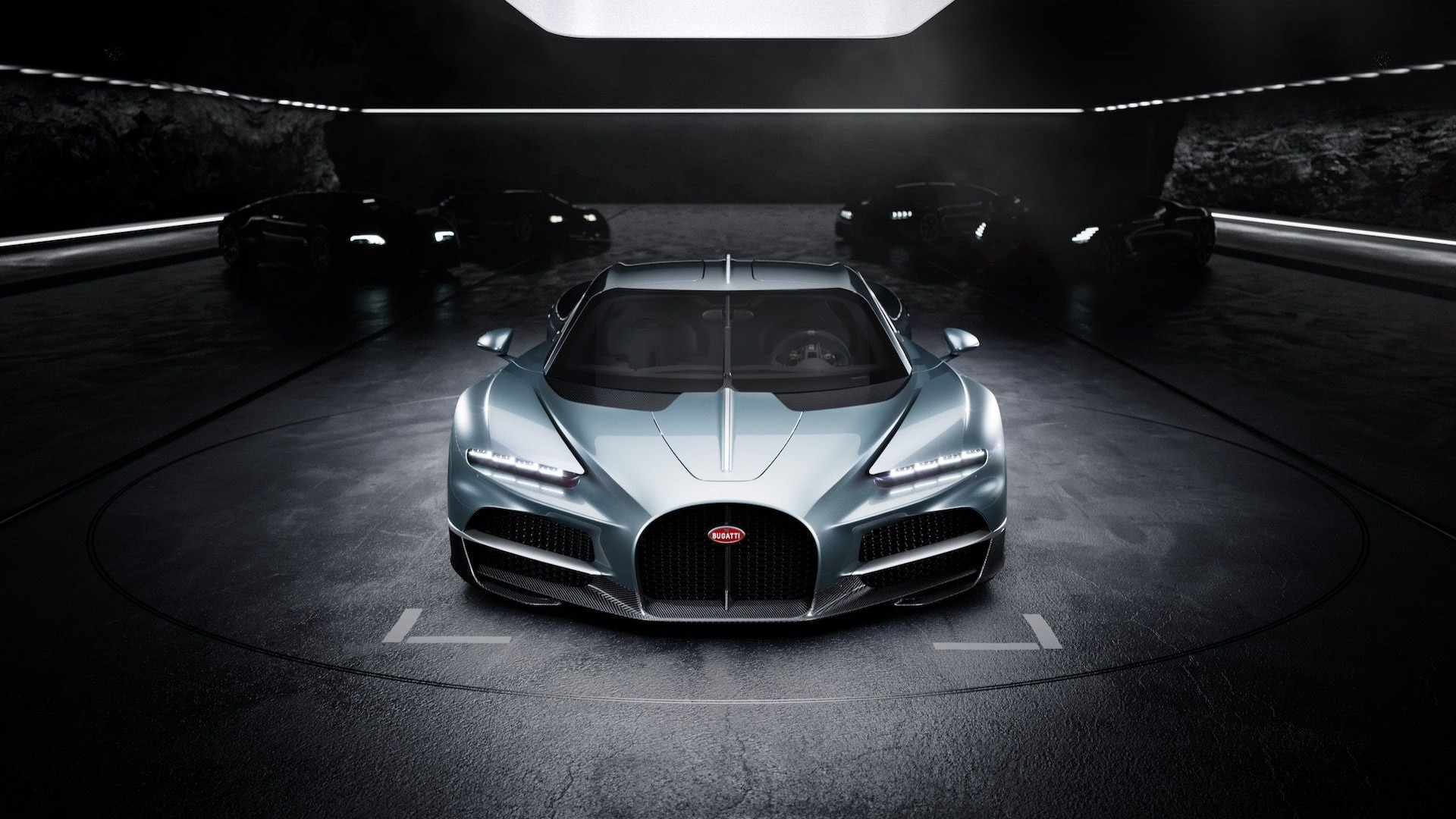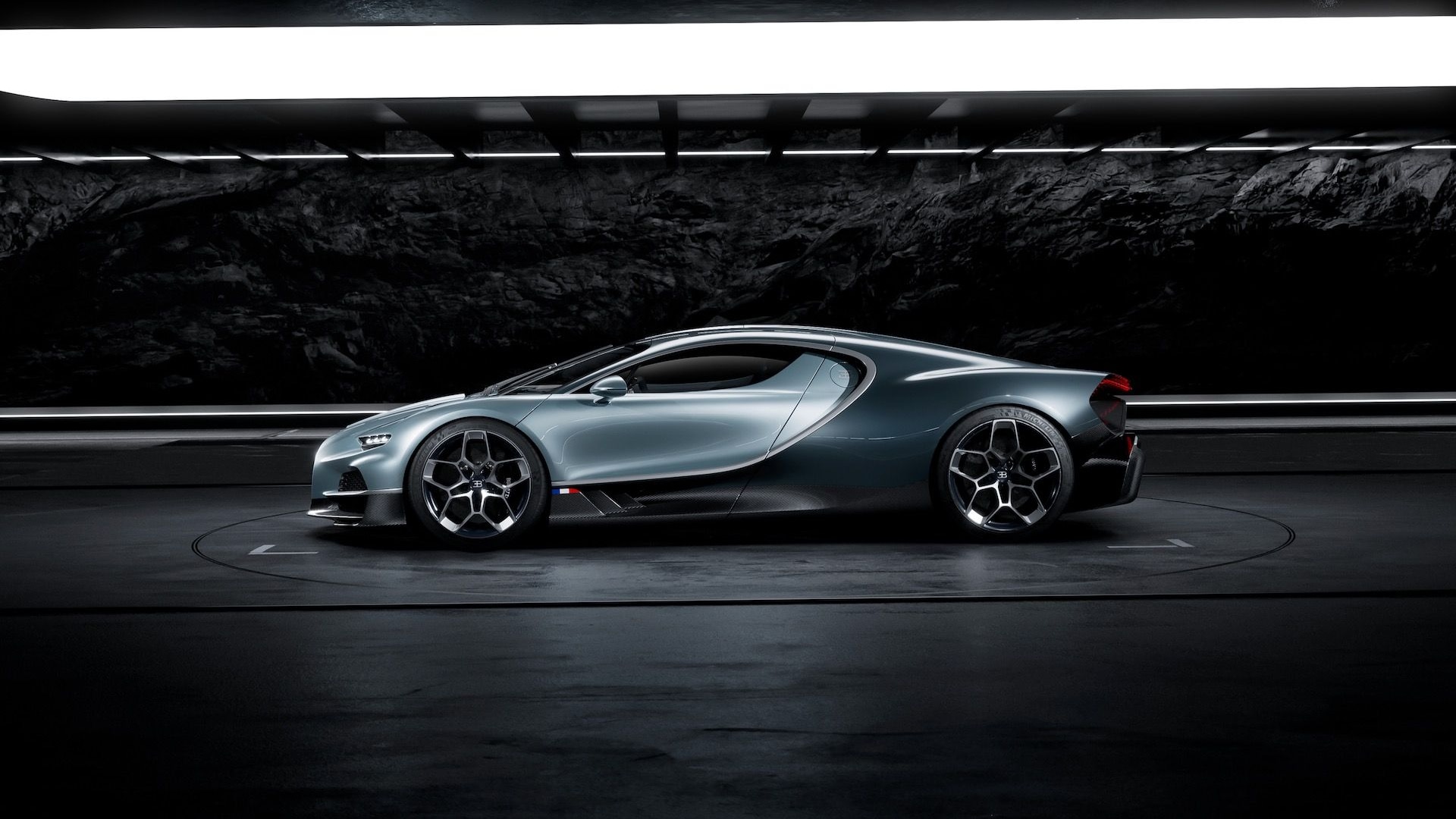- The Bugatti Tourbillon marks a new era for hypercars as it supersedes the Chiron
- Bugatti said the Tourbillon costs about $4 million
- The Tourbillon has a V-16 plug-in hybrid powertrain with 1,800 hp
Bugatti on Thursday unveiled the successor to the Chiron, a V-16-powered plug-in hybrid hypercar called the Tourbillon.
Instead of naming the new hypercar after a famous racing driver from Bugatti's history, as with the Chiron and its predecessor, the Veyron, the Tourbillon gets its name from high-end watches. Like a fine watch, the Bugatti Tourbillon is a celebration of mechanical complexity, Mate Rimac, CEO of parent company Bugatti Rimac, said at the car's reveal.
Production will be limited to 250 units, with deliveries scheduled to start in 2026 and pricing set at about $4 million. In the meantime, Bugatti will complete its remaining W-16 cars, including the Bolide track car and Mistral roadster.
This is the first Bugatti created under the stewardship of Rimac, also responsible for the Rimac Nevera and Concept_One electric supercars. But Rimac felt a Bugatti demanded the emotionality of an internal-combustion engine, so he commissioned a new naturally aspirated 8.3-liter V-16 to replace the quad-turbocharged 8.0-liter W-16 engines that were signature elements of the Chiron and Veyron.
The first production V-16 since the engine that powered the 1990s Cizeta V16T supercar, revs to 9,000 rpm and makes 1,000 hp by itself. It's teamed with an 8-speed dual-clutch transmission and three electric motors (two at the front and one at the rear) that add 800 hp for a total of 1,800 hp with a broader power band than the naturally aspirated engine would be able to deliver by itself.
A structurally integral 25-kwh T-shaped battery pack sits in the center tunnel and behind the seats, affording what Bugatti claims will provide up to 37 miles of electric range, though it's unclear if that's on the more lenient European WLTP cycle or the more stringent U.S. EPA cycle. Even with the pack and motors, Rimac claims the Tourbillon is lighter than the Chiron (although he won't say by how much). That was achieved in part with the use of 3D-printed components, including suspension pieces claimed to be 45% lighter than those used for the Chiron.
Bugatti estimates 0-62 mph acceleration in 2.0 seconds, 0-124 mph in less than 5.0 seconds, 0-186 mph in less than 10.0 seconds, and 0-248 mph in under 25.0 seconds. Acceleration finally stops at 276 mph.

Bugatti Tourbillon
While Bugatti claims the Tourbillon doesn't share any components with the Chiron, its styling is evolutionary. The Bugatti horseshoe grille has been widened and sits farther forward, and its flanking intakes have gotten larger. The hoop-like element that houses the side air intakes remains, but now frames McLaren-style butterfly doors. The central spine inspired by the riveted halves of the Bugatti Type 57SC Atlantic returns as well. A larger rear diffuser means less reliance on the pop-up rear wing, and also doubles as a crash structure.
Despite the longer engine and the addition of a battery pack, Bugatti claims interior space is the same as the Chiron's. The interior features an intricate mechanical gauge cluster made with help from Swiss watchmakers and comprised of more than 600 parts, including some made from titanium and gemstones. The center console is made from aluminum and specially designed crystal glass. A touchscreen deploys from the console only when needed.





